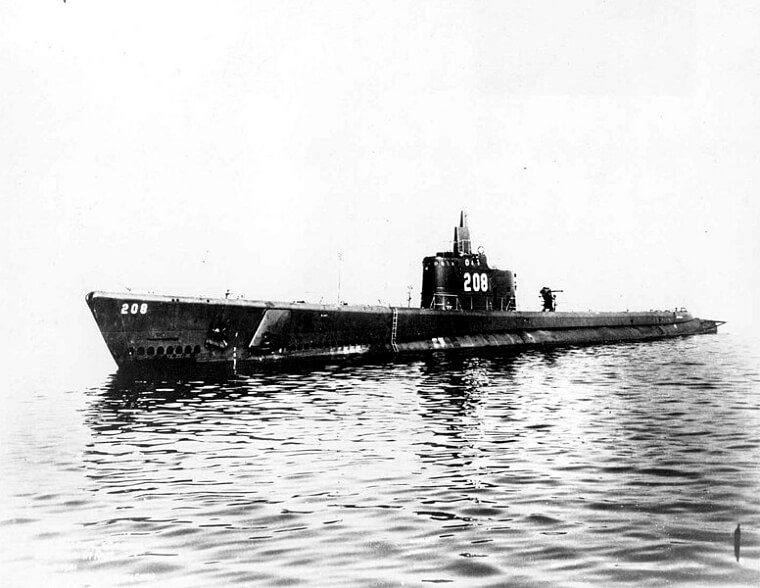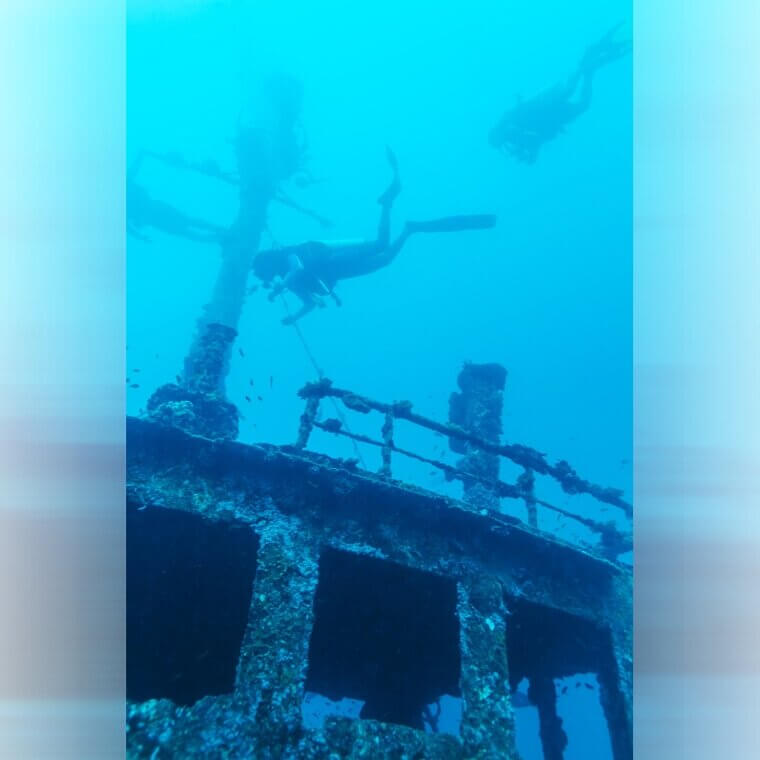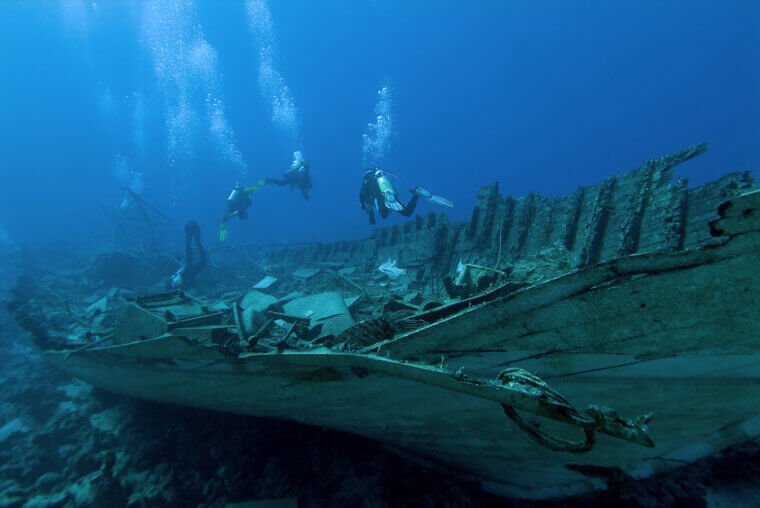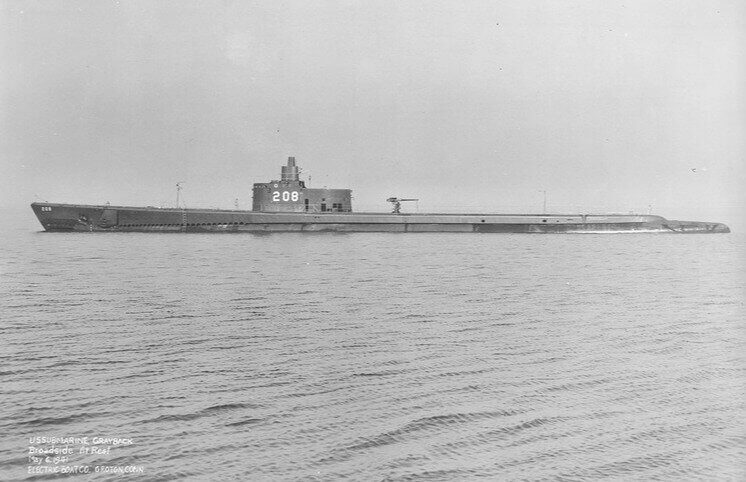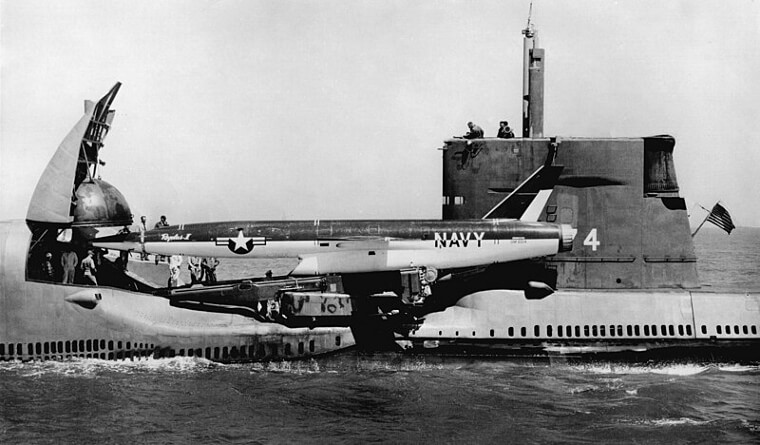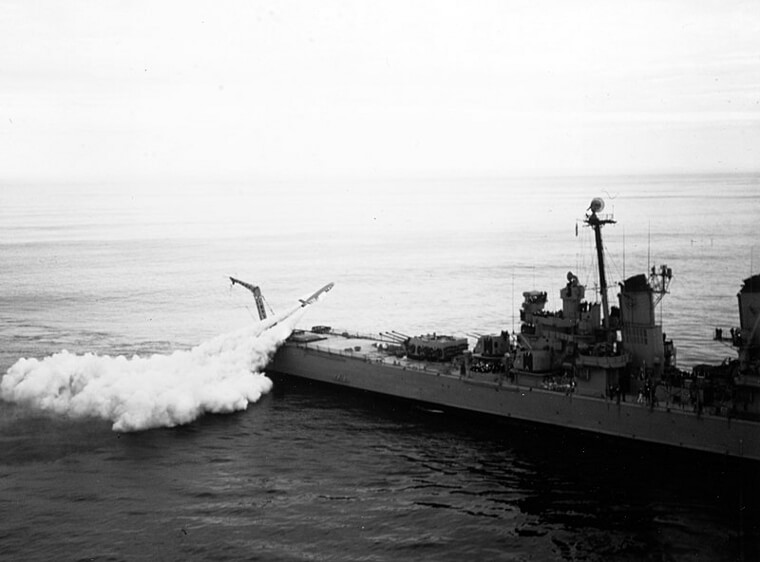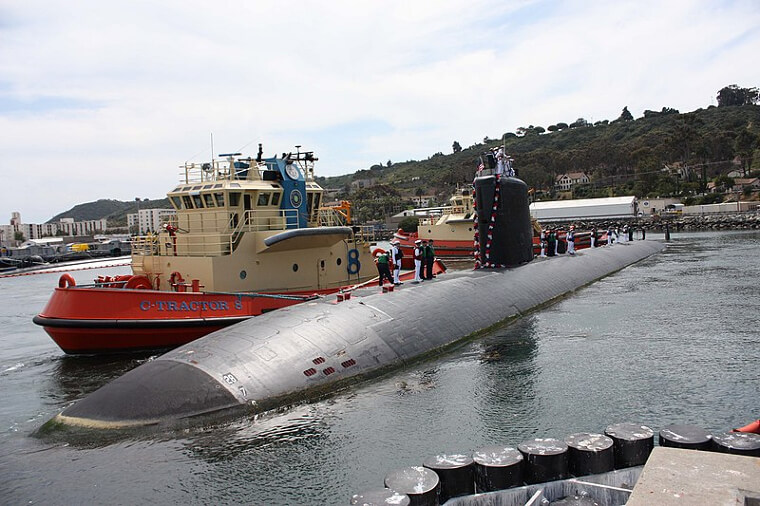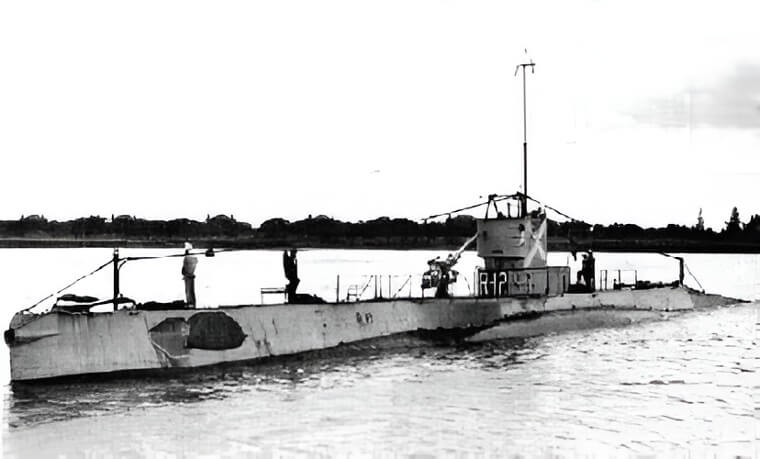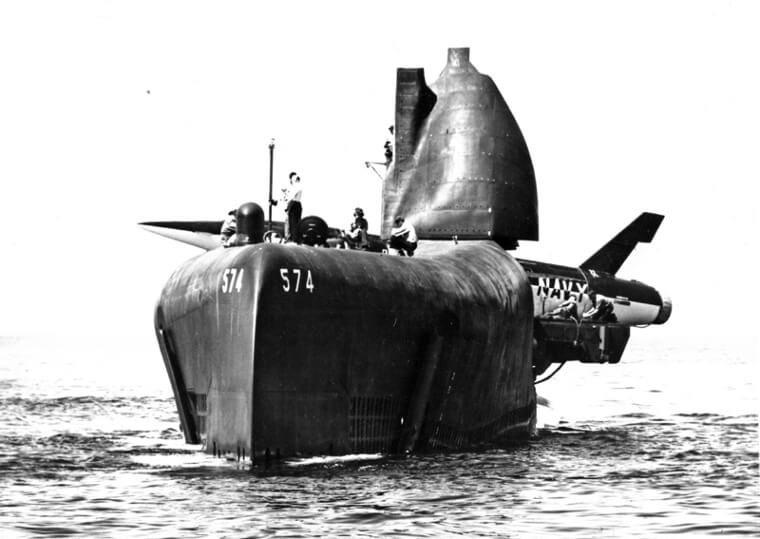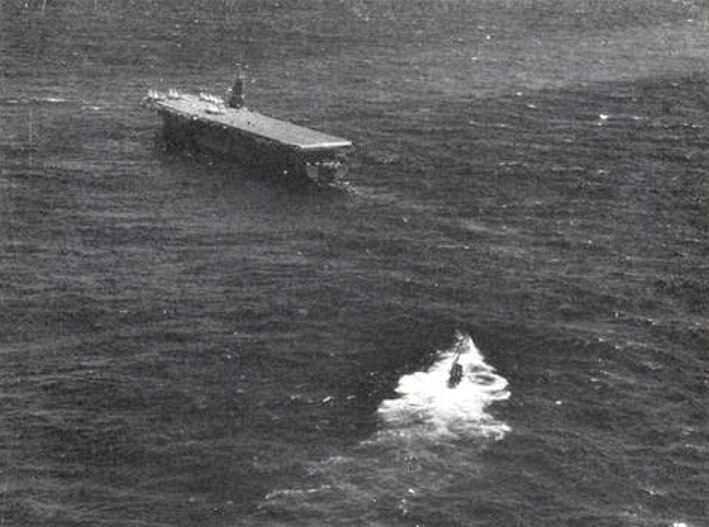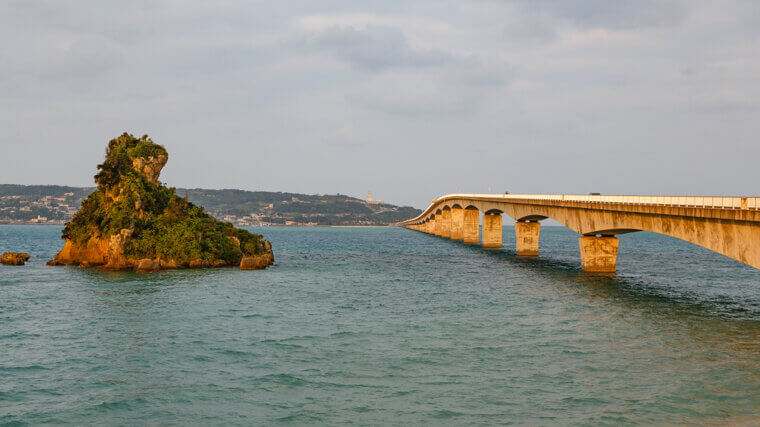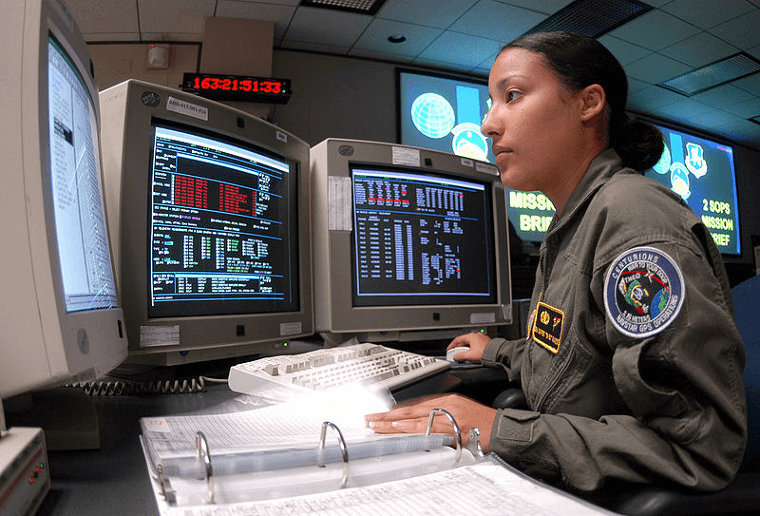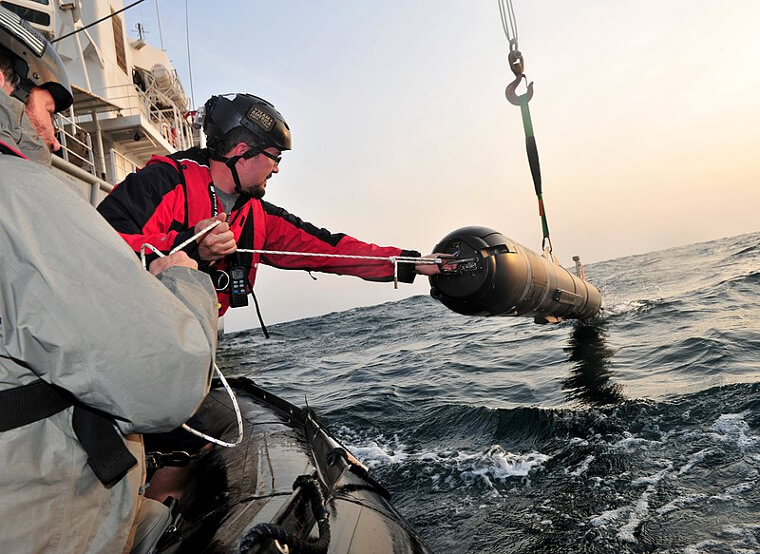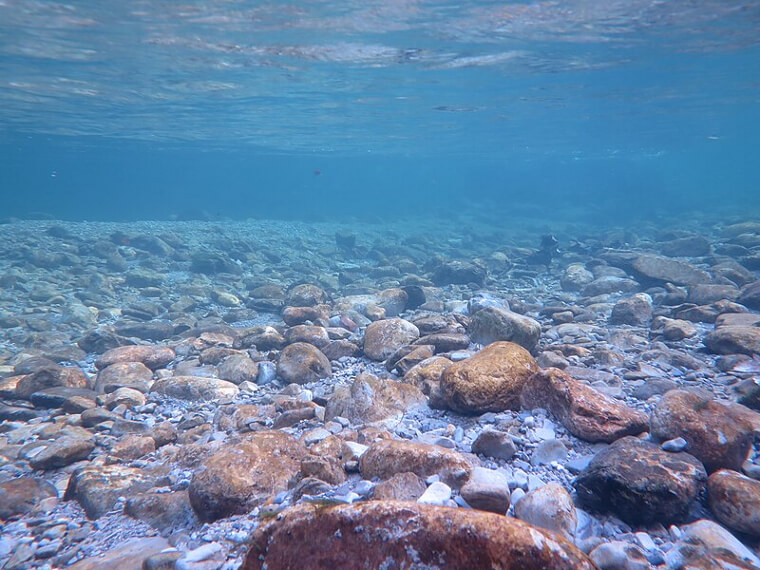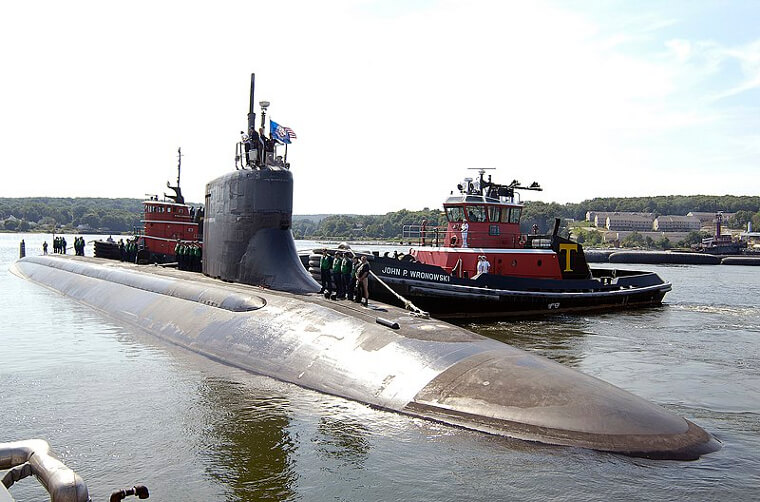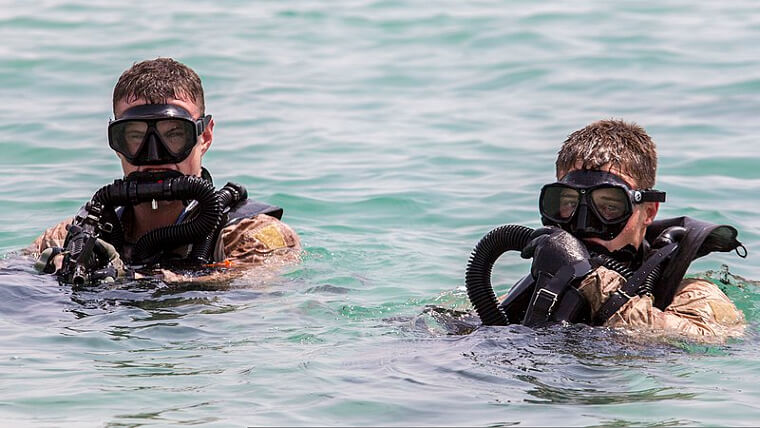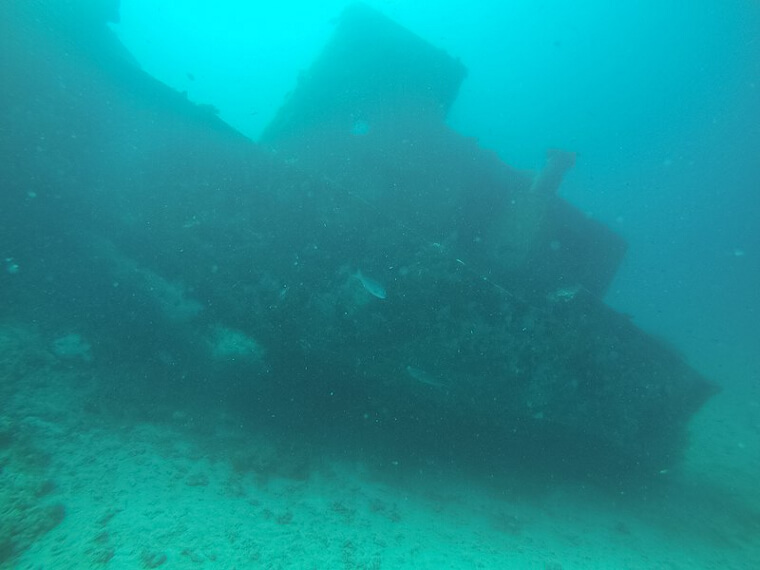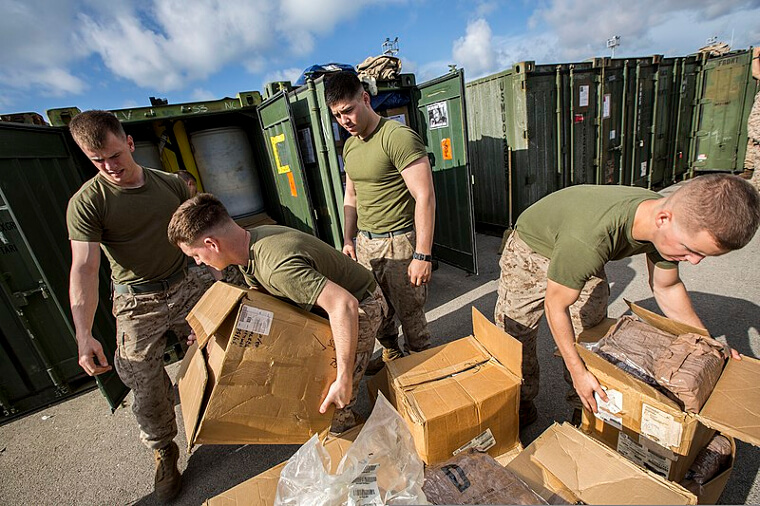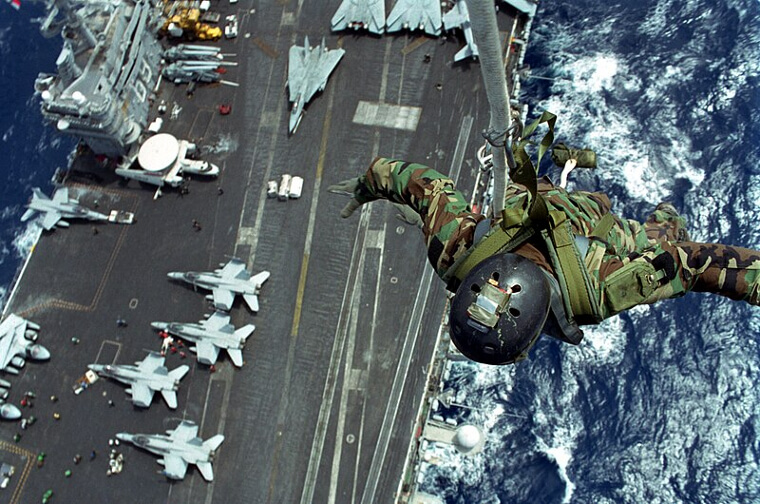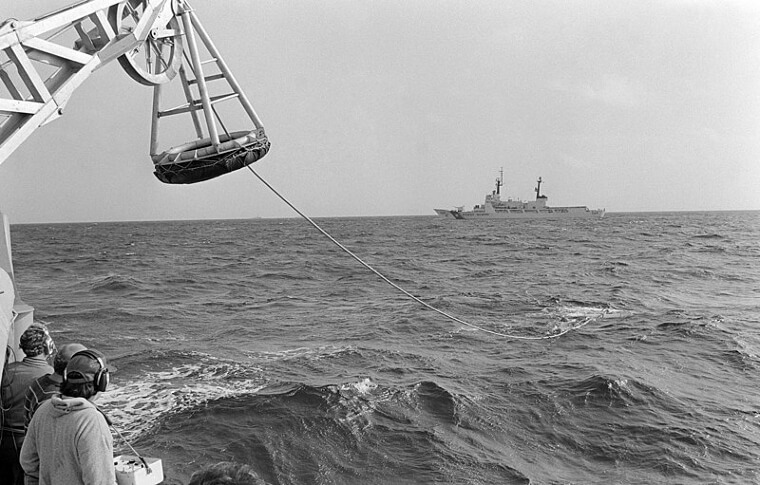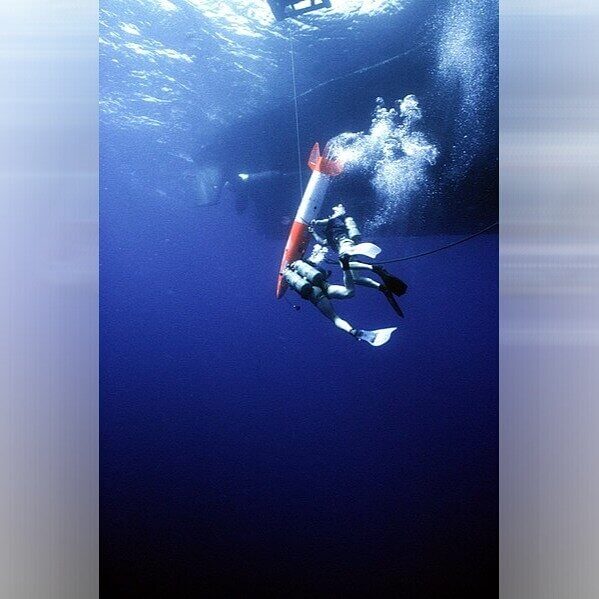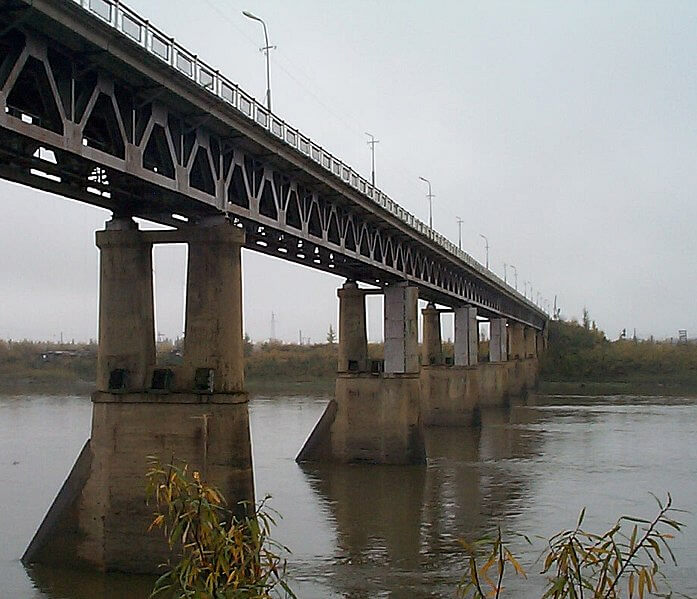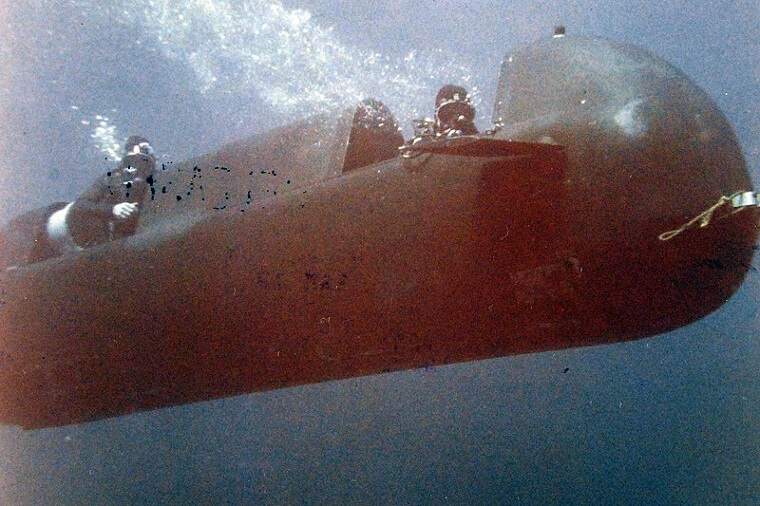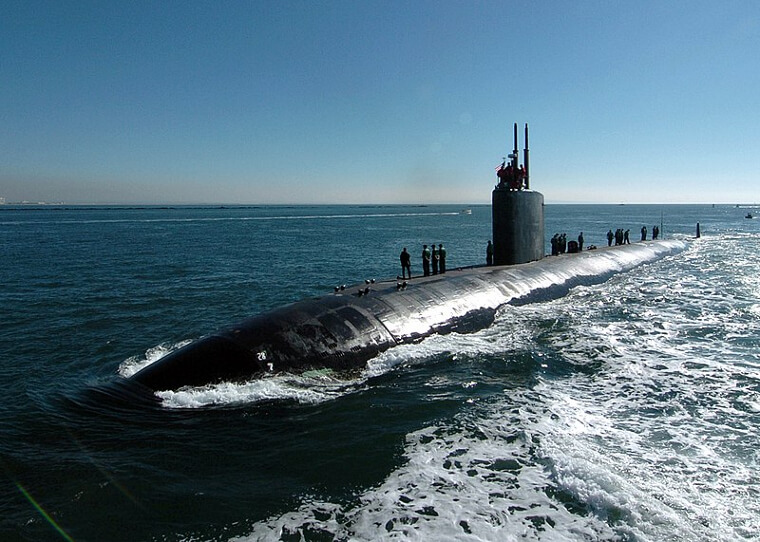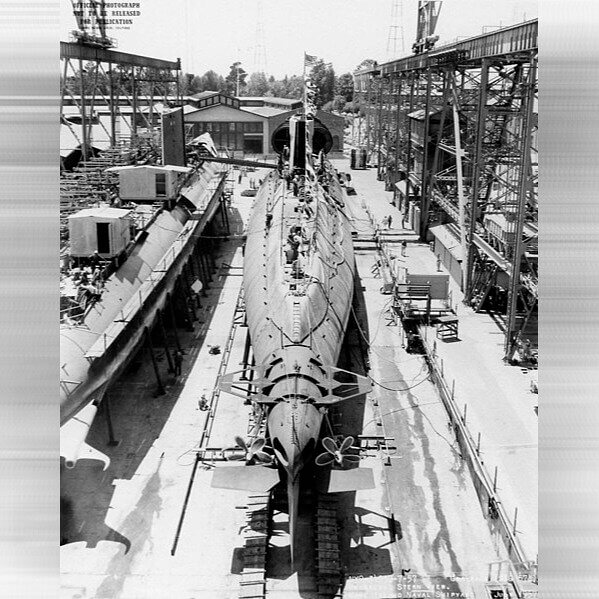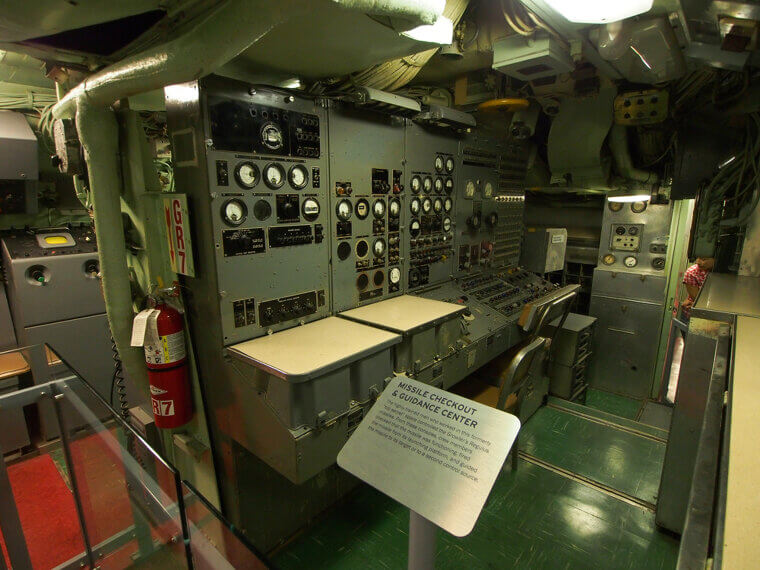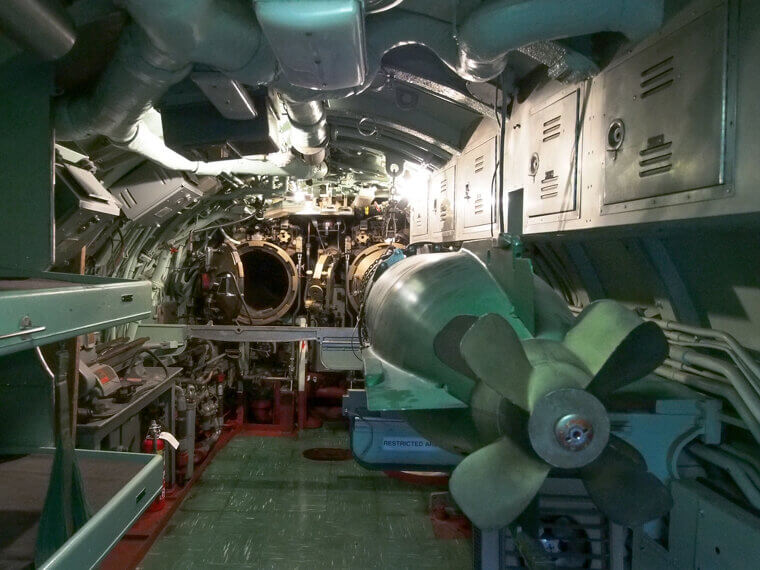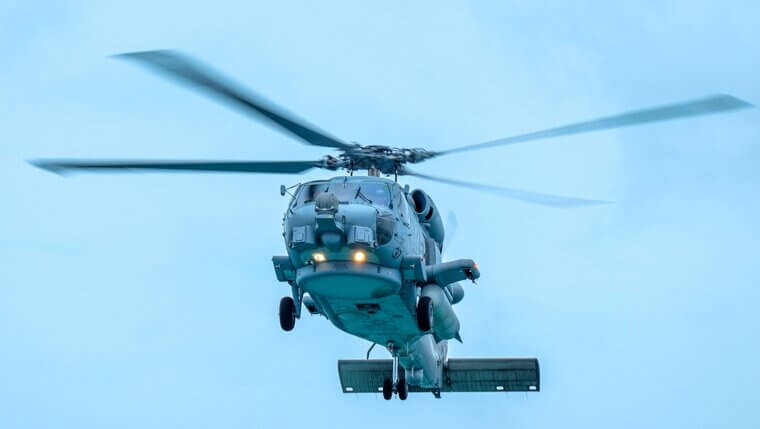The Lost USS R-12 Submarine
In June 1943, the USS R-12, a World War II submarine, mysteriously disappeared during a routine patrol near the Florida Keys. Although it was part of the U.S. Navy's submarine fleet, it became a mysterious situation, leaving the families of the 42 sailors on board without closure for decades. The loss of the R-12 was a tragic chapter in naval history, sparking curiosity and determination to uncover its fate. Even after extensive search efforts, the submarine's location remained unknown. This fueled countless theories about what could have happened to it.
The R-12's disappearance was particularly baffling because it was on a training exercise, not a combat mission. What could have happened to the sub so close to home?
Tim Taylor's Passion for Discovery
Tim Taylor, an experienced explorer and the CEO of Tiburon Subsea, has dedicated his life to underwater exploration and solving maritime mysteries. He was drawn to the story of the USS R-12, driven by a desire to provide answers and closure to the families of the lost sailors. Taylor's passion for discovery led him to innovate and push the boundaries of underwater exploration technology. With a background in underwater vehicles, Taylor combined his technical expertise with a knack for solving historical puzzles, significantly contributing to maritime archaeology.
Taylor's fascination with uncovering hidden stories of the sea has inspired many other explorers, setting a new standard for exploration that blends technology with a deep respect for history.
The Birth of the Lost 52 Project
Inspired by the mystery of the USS R-12, Taylor launched the Lost 52 Project, named for the 52 lost submarines. His goal was to locate all 52 of the U.S. submarines lost during World War II. The project combines historical research with state-of-the-art technology, bringing together experts in various fields to search for these long-lost vessels. The goal is to document and honor the submarines and their crews. The Lost 52 Project also seeks to preserve a vital part of history and educate future generations by creating a detailed record of these underwater sites.
Taylor's project has since grown into a significant historical and technological endeavor, capturing global attention and providing new insights into the challenges faced during wartime.
Cutting-Edge Technology Used in Exploration
The Lost 52 Project uses cutting-edge technology, including autonomous underwater vehicles (AUVs) and sonar imaging, to explore the ocean's depths. These technologies allow Taylor's team to create detailed maps of the ocean floor, revealing previously hidden shipwrecks. The use of AUVs is crucial in navigating the vast, challenging underwater terrain where the submarines rest. This technology provides new insights into underwater exploration, revolutionizing how we locate and study shipwrecks. It also highlights the importance of innovation in the field of maritime archaeology.
With technology at its core, the project has redefined the possibilities of exploration, enabling discoveries that were once deemed impossible. But what would they find…?
The Role of Autonomous Underwater Vehicles
AUVs are at the heart of the Lost 52 Project's success. These self-propelled, unmanned devices can dive to great depths, capturing detailed images and data without the need for human intervention. AUVs are equipped with advanced sonar and imaging systems, making them ideal for locating shipwrecks in underwater environments inaccessible to humans. Their autonomy and precision allow them to cover massive areas quickly and efficiently. This is essential for underwater exploration and provides researchers with unprecedented access to previously unreachable locations.
The use of AUVs represented a significant advancement in underwater exploration, and Taylor’s team made the impossible possible by using them.
Seeing the Unseen With Sonar Technology
Sonar technology was a game-changer in the search for the missing sunken vessels. By emitting sound waves and measuring their return, sonar creates detailed images of objects on the ocean floor. This capability allowed Taylor's team to visualize shipwrecks with incredible accuracy, even in dark, murky waters. The technology helps differentiate between natural features and man-made objects, which was critical in locating the submarines. Sonar's ability to penetrate through sediment and darkness offered many insights that enhanced researchers’ understanding of underwater environments.
Sonar's precision and reliability have transformed maritime exploration, providing explorers with a powerful tool to unlock the ocean's secrets. And that was the case for the Lost 52 Project.
Why Historical Research Was Important
Historical research is the backbone of the Lost 52 Project. Before diving into the ocean, Taylor's team gathered historical documents, naval records, and eyewitness accounts to guide their search. This research provided crucial clues about where the submarines might have sunk and what conditions the vessel faced. Understanding the historical context helped narrow down the search areas and increased the chances of a successful discovery. By combining history with technology, the project had a thorough and informed search process, preserving the stories of those who served.
Integrating historical research with modern technology allows the Lost 52 Project to approach exploration with depth, precision, and respect for historical narratives.
Finding the USS R-12
In October 2010, after years of research and exploration, Taylor and his team finally located the USS R-12 off the coast of Key West. The submarine was found 600 feet below the water’s surface, remarkably intact. This discovery was a significant achievement, providing closure for the families of the lost sailors and sparking renewed interest in the stories of other lost submarines. The find marked a turning point for the Lost 52 Project, validating its approach and technology. It demonstrated the project's potential to solve long-standing mysteries.
The discovery of the R-12 was a triumph of persistence, symbolizing the power of human ingenuity in overcoming challenges.
The USS Grayback—Another Mystery
The USS Grayback (SS-208) was one of the most successful submarines in the Pacific during World War II, credited with sinking 14 enemy ships. In 1944, it vanished after a mission in the South China Sea. Like the R-12, the Grayback's disappearance was a mystery, with no confirmed wreckage and a missing crew of 80 sailors. Finding the Grayback became Taylor's next challenge, offering another opportunity to explore the depths and uncover the truth behind a long-lost chapter of naval history.
The search for the Grayback provided a significant challenge, demonstrating the difficulty of locating sunken WWII vessels in vast ocean expanses. This undertaking required all of Taylor’s expertise, patience, and innovation.
Japanese Records Revealed New Clues
Taylor's team uncovered a crucial piece of information while researching the USS Grayback in Japanese wartime records. These documents revealed that the Grayback was likely sunk by an enemy aircraft on February 27, 1944, providing a location where the attack occurred. However, a clerical error in the original coordinates had misled previous searches, highlighting the importance of verifying historical data. This discovery underscored the value of cross-referencing sources in historical research to avoid errors and ensure that every piece of evidence is thoroughly examined.
By re-evaluating historical records, Taylor's team demonstrated skill and initiative in determining the accuracy of information behind the lost ship.
The Importance of Accurate Coordinates
Accurate coordinates are essential for successful underwater searches. In the case of the USS Grayback, a single-digit error in the translated coordinates led previous searchers astray, placing them over 100 miles off course. Taylor's team re-examined the Japanese records, corrected the mistake, and redirected their search efforts to the correct location, ultimately leading to the discovery of the submarine. This experience emphasizes the need for precision and attention to detail in maritime record-keeping. This error goes to show how small errors can have significant impacts.
The lesson from this mistake is clear: accuracy and attention to detail are crucial for successful exploration and discovery.
Setting Sail for the Grayback Expedition
In June 2019, Taylor and his team set sail for Okinawa, Japan, equipped with state-of-the-art technology to search for the USS Grayback. Their mission was to finally locate and document the submarine's resting place, bringing closure to the families of the lost crew. The expedition was a culmination of years of preparation, research, and technological input. Taylor's dedication to solving this mystery demonstrated his commitment to honoring the sailors' sacrifices and further advancing our understanding of naval history.
Unlike what happened with their first discovery, the locating and documenting of the Greyback was not to be a simple, straightforward process. The entire situation was wrought with challenges from the start...
Technical Challenges at Sea
Despite thorough preparations, the expedition faced numerous technical challenges. Equipment malfunctions, rough seas, and unexpected weather conditions tested the team's resilience and problem-solving skills. These obstacles are common in underwater exploration, where conditions can change rapidly and unpredictably, requiring adaptability and quick thinking. Overcoming these challenges required the team's expertise and determination. They wanted to complete their mission, irrelevant of the difficulties that often accompany deep-sea exploration.
The team's ability to overcome adversity underscores its dedication to its mission, highlighting the complexities of underwater exploration.
The Submersible Drones Save the Day
Submersible drones played a vital role in the search for the USS Grayback. These advanced machines use sonar technology to create detailed images of the ocean floor, allowing the team to locate and identify shipwrecks. The drones can dive to great depths, providing a unique perspective on underwater environments and revealing details that are invisible to the naked eye. Their use is critical in modern maritime exploration and archaeology, providing new opportunities to study and understand shipwrecks.
Submersible drones exemplify the synergy between technology and exploration, showcasing how innovation can unlock new possibilities in maritime archaeology.
A Last-Minute Breakthrough
Just as the team was about to abandon the search due to technical issues, a last-minute breakthrough occurred. The AUVs detected a large object on the ocean floor, revealing the unmistakable outline of a submarine. Upon further investigation, it was confirmed to be the USS Grayback, resting at a depth of over 1,400 feet. The discovery was a moment of triumph and relief, marking the successful end of a challenging expedition and showcasing the team's resilience and determination in overcoming obstacles.
This unexpected breakthrough highlighted the unpredictable nature of exploration and the potential for success even when hope seems lost.
Discovering the Grayback: A Moment of Triumph
The discovery of the USS Grayback was a momentous achievement for the Lost 52 Project. After decades of uncertainty, the submarine's final resting place had finally been found. This moment marked the end of a long search and gave the families of the lost sailors the answers they had waited years to get. For Taylor and his team, the discovery only spurred on their enthusiasm for finding more of the lost ships and getting the answers to many of the mysteries lying on the ocean floor.
The Grayback's discovery symbolizes the success of the Lost 52 Project and its mission to honor those who served and sacrificed.
Documenting the Wreckage
Documenting the wreckage of the USS Grayback was a crucial part of the discovery process. Using high-resolution cameras and sonar imaging, Taylor's team captured detailed footage of the submarine, preserving its condition and providing valuable data for further study. This documentation allows historians and researchers to analyze the wreckage, offering insights into the submarine's final moments and contributing to our understanding of World War II naval history. The detailed records also ensure that the site is preserved for future generations.
By meticulously documenting the wreckage, the project highlights the importance of preserving historical sites and the stories they tell.
Preserving History Underwater
Preserving underwater historical sites like the USS Grayback is a complex task that requires careful planning and execution. Taylor's team ensured that the site remained undisturbed and protected, respecting the submarine's status as a war grave. This preservation effort is vital for maintaining the integrity of the wreckage and honoring the memory of the sailors who served. It also provides opportunities for further study, allowing researchers to explore the site's historical and ecological significance, ensuring that these underwater monuments are respected and remembered.
Preservation efforts emphasize the project's commitment to honoring history and ensuring that the stories of the past aren’t forgotten by future generations.
Honoring the War Graves
The USS Grayback is more than just a shipwreck; it’s a war grave holding the remains of 80 sailors who served during World War II. Honoring these sites is a key part of the Lost 52 Project's mission, ensuring that the sacrifices made by these sailors are remembered and respected. The project adheres to strict protocols to protect these sites, recognizing their historical and emotional significance. By treating these locations with reverence, Taylor's team underscores the importance of honoring those who gave their lives in service.
The project's respectful approach to war graves highlights the need for sensitivity and care in exploring and preserving historical sites. But this is not all...
The Grayback as an Artificial Reef
Over the years, the USS Grayback has become an artificial reef, home to a diverse array of marine life. This transformation is a testament to nature's resilience and adaptability, as sea creatures make use of the sunken vessel for shelter and sustenance. The presence of marine life adds another layer of complexity to the discovery, offering opportunities for ecological study and highlighting the interconnectedness of history and nature, where past meets present and human history merges with the natural world.
The submarine's dual role as a historical artifact and ecological habitat underscores the balance between history and nature. In a way, it's a beautiful homage to the sailors that ocean life has thrived where they came to rest.
Honoring the Lost Sailors
A key mission of the Lost 52 Project is to honor the sailors who lost their lives aboard the sunken submarines. Taylor's team works diligently to identify and memorialize these individuals, ensuring their sacrifices are remembered and celebrated. By bringing closure to families and recognizing the service of these sailors, the project pays tribute to the bravery and dedication of those who served. Honoring the fallen reinforces the project's commitment to preserving the memory and legacy of World War II heroes, reminding us of their courage.
The Lost 52 Project's dedication to honoring these sailors ensures that their stories live on, serving as a powerful reminder of the sacrifices made in service to their country. What an honorable and selfless thing these sailors did.
Connecting With Families of the Fallen
The discovery of the USS Grayback brought closure to the families of the lost sailors. Taylor's team reached out to relatives, sharing the news and providing details about the submarine's final resting place. This connection is an essential part of the project's mission, offering comfort and understanding to those who have long wondered about their loved ones' fates. Connecting with families underscores the project's human element, emphasizing empathy and compassion in historical exploration.
By engaging with families, the Lost 52 Project highlights the profound impact that historical discoveries can have on those connected to them. At the end of the day, these discoveries hold personal significance to those involved and should be treated with appropriate sensitivity.
The Emotional Impact the Discoveries Have on Families
For many families, the discovery of the Grayback provided a long-awaited sense of closure. Relatives of the lost sailors expressed gratitude and relief at finally knowing what happened to their loved ones, bringing a sense of peace and resolution after decades of uncertainty. The emotional impact of these discoveries is profound, underscoring the significance of the Lost 52 Project's mission to uncover hidden history, offering healing and understanding through exploration, and reminding us that there are human beings behind historical events.
The project's ability to provide closure highlights its emotional significance and the healing power of historical discovery, showing how the past can offer comfort to the present.
The Story of John Patrick King
One poignant story from the Grayback's discovery is that of John Patrick King, a sailor aboard the submarine. His niece, Kathy Taylor, had spent years searching for information about her uncle's fate. The discovery of the Grayback fulfilled her lifelong mission, bringing closure to her family and honoring John's memory. Kathy's story shows the personal connections that drive the Lost 52 Project and the impact of its discoveries, demonstrating how these explorations touch individual lives and preserve family legacies.
John's story is a reminder of the personal stories behind each discovery. By finding the submarine, the Lost 52 Project ended a decades-long search for answers, providing relief and comfort - a kind, noble part of the job.
A Tribute to the USS Grayback's Crew
The discovery of the Grayback is a tribute to the 80 sailors who served on the submarine. Their bravery and dedication in the face of danger exemplify the courage of those who fought during World War II. The Lost 52 Project honors their memory by ensuring their stories are told, and their sacrifices are remembered, celebrating their contributions, and acknowledging their bravery in service. The Grayback's story is a testament to the resilience and bravery of its crew, whose legacy endures through the project's work.
It is incredibly sad that the crew on the ship died, but through Taylor's work, they won't disappear into oblivion. They will be remembered and honored, as they should be.
The USS Grayback's War Record
Before its disappearance, the USS Grayback was one of the most successful submarines in the Pacific theater. It sank 14 enemy ships and disrupted vital supply lines, playing a crucial role in the Allied war effort. The submarine's impressive war record highlights the strategic importance of the U.S. Navy's submarine fleet during World War II, demonstrating these vessels' vital role in achieving victory. The Grayback's achievements underscore its significance as a formidable force in the Pacific, contributing to the Allies' success.
Furthermore, the submarine's war record serves as a testament to its crew's skill and bravery, highlighting the crucial role submarines played in the broader context of the war.
Overcoming Adversity in Exploration
Taylor's team faced numerous challenges while searching for the Grayback, from technical malfunctions to environmental obstacles. Overcoming these issues required resilience, creativity, and determination. The team's ability to navigate these challenges demonstrates their expertise and commitment to solving historical mysteries. It illustrates the complexities of underwater exploration and the dedication required to achieve success. Their success should inspire future explorers, demonstrating the power of perseverance in the face of adversity.
The Lost 52 Project showcases the spirit of exploration and the importance of determination in uncovering history's hidden stories. This dedication is something we can all learn from.
The Collaborative Effort Behind the Project
The Lost 52 Project is a collaborative effort that brings together experts in history, technology, and marine exploration. This multidisciplinary approach ensures a comprehensive and informed search process, leveraging the strengths of each team member. The project's success is a testament to the power of collaboration and the importance of diverse perspectives in solving complex problems. It demonstrates how teamwork can overcome challenges and achieve groundbreaking results in maritime archaeology.
No man is an island and collaboration is key to the project's achievements. It highlights the value of teamwork in historical exploration and the benefits of bringing together varied expertise to solve mysteries.
The Role of Education and Outreach
Education and outreach are integral components of the Lost 52 Project's mission. By sharing their discoveries with the public, Taylor's team raises awareness about the sacrifices of World War II sailors and the importance of preserving maritime history. The project's educational efforts inspire future generations to explore, learn, and honor the past, fostering a deeper appreciation for history and its relevance today. Outreach initiatives emphasize the project's commitment to education, highlighting the need to engage the public in historical discovery.
The Lost 52 Project aims to inspire curiosity and understanding, ensuring that the lessons of history are accessible to all. As the famous saying goes, "Those who do not learn history are doomed to repeat it."
Expanding the Lost 52 Project's Mission
Following the discovery of the Grayback, the Lost 52 Project expanded its mission to include other lost submarines and naval vessels. Taylor's team continues to push the boundaries of underwater exploration, searching for shipwrecks worldwide. Their ongoing efforts contribute to a growing body of knowledge about maritime history, providing new insights and preserving important stories for future generations. The project's expansion demonstrates its commitment to uncovering the truth and honoring the sacrifices of those who served.
By broadening its mission, the Lost 52 Project continues to make significant contributions to maritime archaeology, uncovering hidden histories and preserving legacies for the future.
The Legacy of the USS Grayback
The discovery of the USS Grayback is a significant milestone in the Lost 52 Project's journey. It highlights the power of technology in solving historical World War II mysteries. The Grayback's legacy endures through the project's work, serving as a symbol of courage, dedication, and resilience. Its story continues to inspire future generations, reminding us of the bravery and commitment of those who served and the importance of remembering their contributions.
It’s important that the stories of the past are preserved and celebrated for generations to come. Every person who lives deserves to have their legacy live on, and that’s what the Lost 52 Project is trying to ensure.
The Future of Underwater Exploration
The success of the Lost 52 Project paves the way for the future of underwater exploration. Advances in technology and collaboration will continue to push the boundaries of what's possible, opening new frontiers in maritime archaeology. The project's achievements inspire future explorers to pursue their own discoveries, highlighting the endless possibilities in the world of underwater exploration. By setting new standards in exploration, the Lost 52 Project serves as a model for future endeavors, showcasing the potential of technology, perseverance, and collaboration.
The future of underwater exploration is bright, driven by innovation, dedication, and a passion for uncovering the hidden stories of the sea.
Inspiring the Next Generation
The Lost 52 Project aims to inspire the next generation of explorers and historians. Through its discoveries and educational outreach, the project encourages young people to pursue careers in exploration, technology, and history. By sharing the stories of the lost submarines and their crews, Taylor's team fosters a sense of curiosity and appreciation for the past. Inspiring the next generation is a crucial part of the project's mission, ensuring that the legacy of the sailors lives on through future generations.
Engaging and inspiring young minds is important for the Lost 52 Project. Doing so allows them to contribute to a growing interest in maritime history and exploration, paving the way for new discoveries.
The Impact of the Lost 52 Project
The Lost 52 Project has made a significant impact on maritime archaeology and historical exploration. Its discoveries have provided closure to families, preserved important stories, and advanced our understanding of World War II history. The project's success shows innovation, collaboration, and perseverance in uncovering hidden histories and honoring the sacrifices of those who served. Its impact extends beyond exploration, inspiring future generations to pursue their own quests for discovery and knowledge.
It's difficult to state just how important the work of the Lost 52 Project has been for the maritime world. In fact, it has cultural significance for all of us around the world in understanding how the past affects the future.
Continuing Their Search
The Lost 52 Project's journey is far from over. Taylor and his team continue to search for other lost submarines, driven by a passion for discovery and a commitment to honoring the sacrifices of those who served. Their ongoing efforts promise new discoveries and insights, contributing to a deeper understanding of maritime history. As they continue their quest, the Lost 52 Project remains dedicated to uncovering hidden stories, preserving legacies, and inspiring future generations to explore the unknown.
As their search continues, driven by a spirit of discovery, the Lost 52 Project will ensure the sacrifices of those who fought in WWII are never forgotten. Good luck and God speed!
